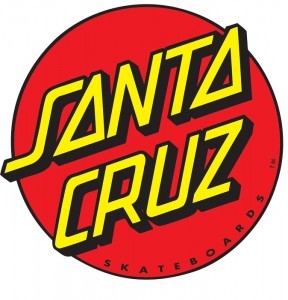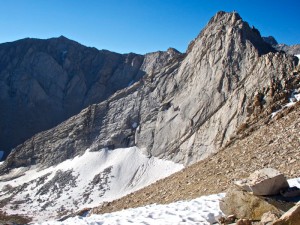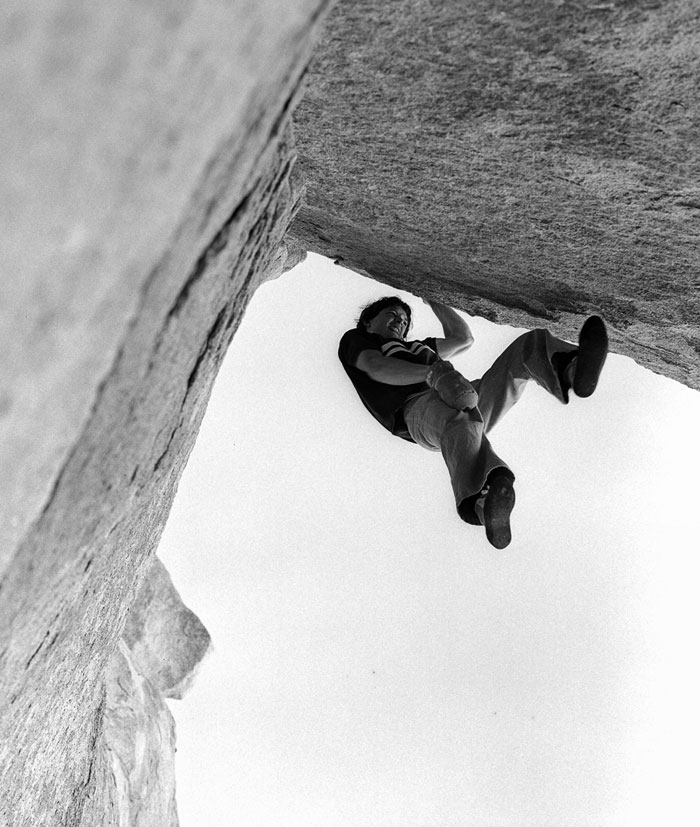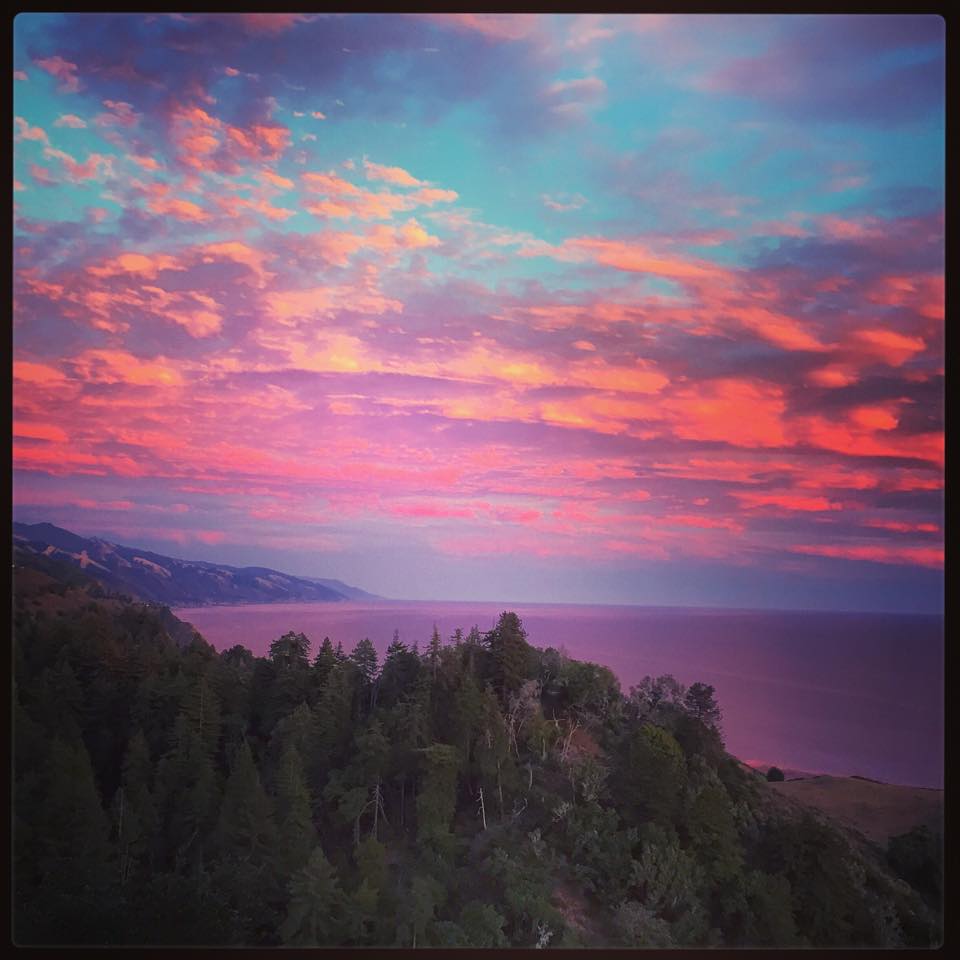- Tahoe’s Nevada Beach Tops the List of Hard-to-Book Campgrounds - 07/17/2024
- Cannabis Watershed Protection Program Cleans Up Illegal Grow Sites - 07/10/2024
- French Fire - 07/05/2024
For Surfing or SUP, a successful learning experience comes down to a few basic elements
By Ed Guzman • Photos courtesy of Club Ed Surf School
OK, so you want to learn how to ride a wave on a surfboard or cruise around on a SUP. What is the best way to get started?
First off, you must decide whether or not to seek professional instruction. It’s cheaper to have a friend teach you, but friends don’t always make the best surf instructors. No matter what, avoid just randomly paddling out into a crowded lineup all alone and expecting to “wing it” the first time. For the safety of yourself and others, go with someone who is committed to helping you. Under no circumstances, should a beginner bring a SUP into the lineup without proper instruction.
Often times your first experience in the water will tell you a lot. At the end of your first session, if you are stoked and planning to do it again, you had a good lesson. On the other hand, if you are frustrated and feeling you could have done better, then most likely one or more of the following elements was missing.
Physical fitness: Are you physically fit, kind of fit, or not fit at all? Swimming and yoga are the best ways to prepare for surfing and SUPing.
Conditions: Small and gentle waves are best for the inexperienced. Bigger or harder breaks are not a good choice and can be punishing and dangerous for all involved. Find a beginner spot and aim for going out when wind and tide are not a negative factor. Mornings are usually best.
Board: Surfboards for beginners are most suited to success when they are long, thick and floaty. This makes them easier to balance and stand on. Softboards are made of material like boogie boards, and have rubbery plastic fins. They can be confused with Soft Top surfboards that are made of hard epoxy fiberglass and have a thin coat of rubber on the deck and wrapping the sides. Given the choice, I would rather get hit by a softboard than a Soft Top. SUP boards are also chosen for beginners to be long, wide, thick and stable to stand on.
Wetsuit: For surfing, a 4/3 mm is best in central California. When wetsuits are fitted properly they are comfortable and efficient at keeping you warm. Booties are optional. Your feet will let you know when you need them and when you don’t. If you run cold, wearing booties helps, and a hood helps even more. We can lose 30% of our body heat out of our head, and wet hair can add to the chill factor. Wetsuits for SUPing do not have to be as warm or as thick as surfing wetsuits.
Accessories: A good leash is a must, for both surf and SUP. A good paddle for SUP is a luxury but very nice. Older style paddles can be bought for cheaper, but they will be heavier and take more effort with each stroke. The newer paddles are more ergonomic—they are lighter with smaller blades and fit your hands better, so you get a better, safer workout. Renting gear can help you figure out what works best for you. Be careful not to buy equipment too early, as your needs will change.
Instruction: The element most likely to determine your surf destiny is instruction. A professional instructor is efficient in explaining and instilling good habits. Your money is well spent to start out with a solid foundation, and a good surf or SUP instructor will provide that. As in other sports, a good coach will inspire and encourage you. Surfing is one of the most difficult and rewarding sports on the planet. Stand up Paddling (not in the waves) is much easier to learn and get accomplished at, and a great way to get a full body workout. It is especially excellent for the core, and thus the back and hips. Remember to smile when you ride a wave or paddle on your SUP. It’s more fun!
Ed Guzman has taught water sports professionally since 1983. He owns Club Ed Surf and SUP School and Rentals in Santa Cruz, California.















